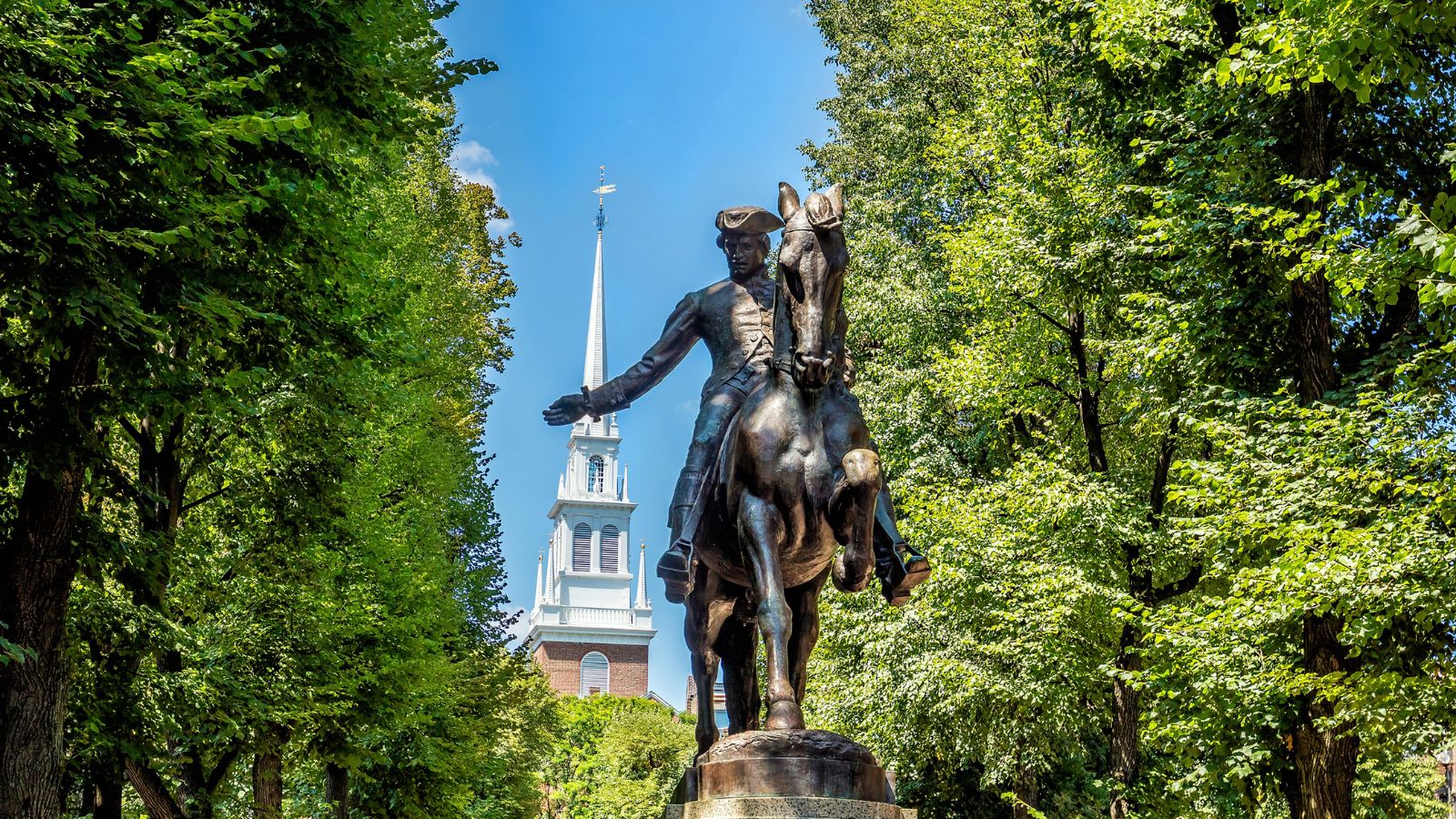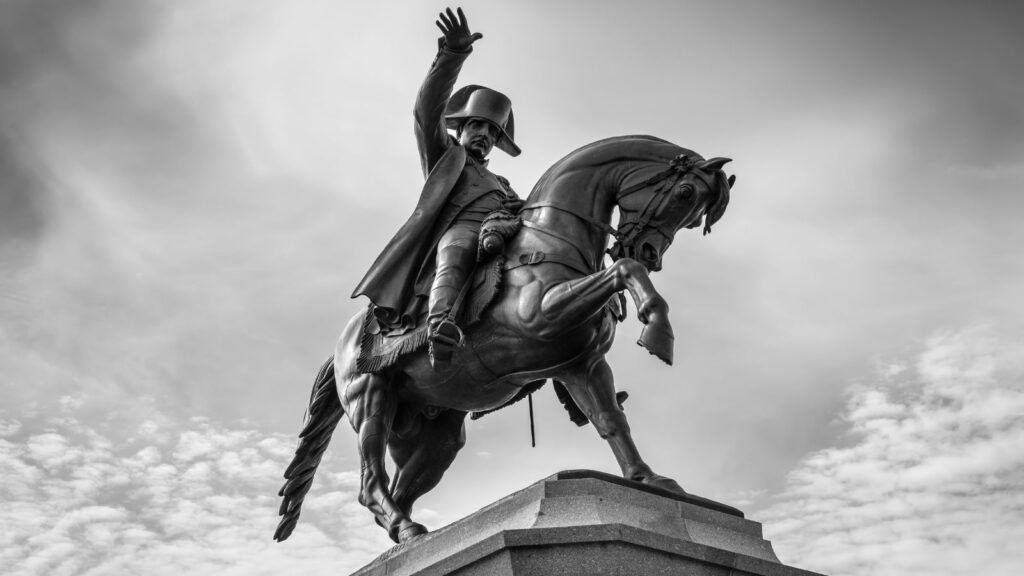Our understanding of history often comes from vivid images and widely accepted stories passed down through generations. However, not everything we’ve been led to believe is accurate. In this article, we debunk some commonly accepted historical “facts” that turn out to be myths.
Salem Witch Trials Burned Witches at the Stake

The Salem Witch Trials were an infamous moment in history when many purported witches were punished by death. But most people mistakenly think that these women were all burned at the stake. In reality, those who were sentenced to death were hanged, not burned.
Marie Antoinette Said, “Let Them Eat Cake”

Many people believe that Marie Antoinette famously said, “Let them eat cake,” as a callous way to dismiss the suffering of her starving subjects. But in actuality, there is no record of her ever uttering this statement. It’s likely that people misattributed this quote to her to support revolutionary sentiments.
Bulls Hate the Color Red

If you always thought that bulls charged at matadors’ capes because they hated the color red, you’re not alone. While matadors do usually use red capes and other pieces of clothing, bulls are actually colorblind to red and simply charge at bullfighters because of their actions and movements.
Benjamin Franklin Wanted the Turkey as the U.S. National Bird

While Benjamin Franklin was fond of turkeys, he never officially proposed that they should be the national bird of the U.S. The Franklin Institute said he mentioned in a private letter that he found turkeys to be more “respectable” than eagles, but he never publicly argued against the bald eagle being chosen as the national symbol.
Napoleon Was Short

Most of us have heard of the phrase “Napoleon Complex,” which is commonly used to refer to short people who feel they have to compensate for their height with aggressive or domineering behavior. But did you know that, contrary to popular belief, Napoleon himself was not particularly short at all? He was approximately 5’7”, which was perfectly average for his time.
Vikings Wore Horned Helmets

When you think of Vikings, what’s the first thing that comes to mind? If it’s their iconic spiky helmets, you may be surprised to learn that there is actually no evidence whatsoever that Vikings ever wore horned headpieces. While this image was popularized in Wagner’s operas and art from the 19th century, their real helmets were much simpler and more practical.
Albert Einstein Failed Mathematics

A myth has been spread that Albert Einstein failed mathematics as a youngster. The truth is that he actually performed exceptionally well in mathematics, even from an early age. The myth may have stemmed from confusion over the fact that he failed a polytechnic entrance exam due to his performance in history and language.
The Great Wall of China is Visible from Space

Most of us have heard the claim that the Great Wall of China is visible from space. However, while this may be a nice idea, astronauts have confirmed that it can barely be seen at all from low orbit and is completely invisible to someone standing on the moon.
Medieval People Believed in a Flat Earth

It’s a common myth that people in the Middle Ages believed in the idea that the earth was flat. However, this idea was actually perpetuated in the 19th century, while medieval people knew that the earth was indeed spherical.
Iron Maidens Were Medieval Torture Devices

Another myth about the Middle Ages is that medieval people used iron maidens as torture devices. However, while they have become popular museum attractions, there is actually no evidence that these terrifying contraptions were ever used before the 19th century.
Columbus Discovered America

While Columbus has historically been celebrated as the first person to discover America, this is far from accurate. Indigenous peoples lived here long before Columbus ever arrived, and he wasn’t even the first European person to travel to America, as Vikings got there first.
Paul Revere Shouted, “The British Are Coming!”

Paul Revere is famous for his “Midnight Ride,” when he informed people in Lexington that British soldiers were about to march into the nearby countryside. However, it’s not true that he shouted, “The British are coming!” This would have undermined the stealth and subtlety necessary for the task.
An Apple Fell on Newton’s Head

Many people mistakenly believe that Newton had his realization about gravity when an apple fell on his head. While this may be an entertaining story, the real event wasn’t as dramatic. He actually began considering gravity when he saw an apple falling from a tree, but it didn’t land on his head.
Cinco de Mayo is Mexican Independence Day

It’s a common misconception that Cinco de Mayo is the Mexican version of Independence Day. In reality, this holiday commemorates the Battle of Puebla, while Mexican Independence Day takes place on September 16. Another interesting fact is that Cinco de Mayo is more commonly celebrated in the U.S. than in Mexico.
Lady Godiva Rode Naked to Lower Taxes

The image of Lady Godiva riding naked through the streets of Coventry has captured the imaginations of people all over the world. However, according to Harvard Magazine, historians think it’s unlikely that this famous ride ever took place at all. She was actually a very pious woman who was generous in her donations to the church.
The Emancipation Proclamation Freed All Slaves

The Emancipation Proclamation was a huge turning point in U.S. history, but contrary to what some people believe, it didn’t free all slaves in the country. It actually only declared freedom for slaves residing in the Confederate states, meaning a lot of slaves in border states and territories not under Union control were not freed until sometime later.
The Declaration of Independence Was Signed on July 4th

While the Declaration of Independence was adopted on July 4th, 1776, it wasn’t actually signed by most delegates until almost a month later, on August 2nd. Despite this, July 4th was selected as the holiday’s date, perhaps because the adoption was considered more significant.
The Great Chicago Fire Started by a Cow

The infamous Great Chicago Fire is commonly blamed on Mrs. O’Leary’s cow, who supposedly kicked over a lantern that set everything ablaze and killed over 300 people. However, according to NBC Chicago, based on historians’ investigations, this is a highly unlikely story.







